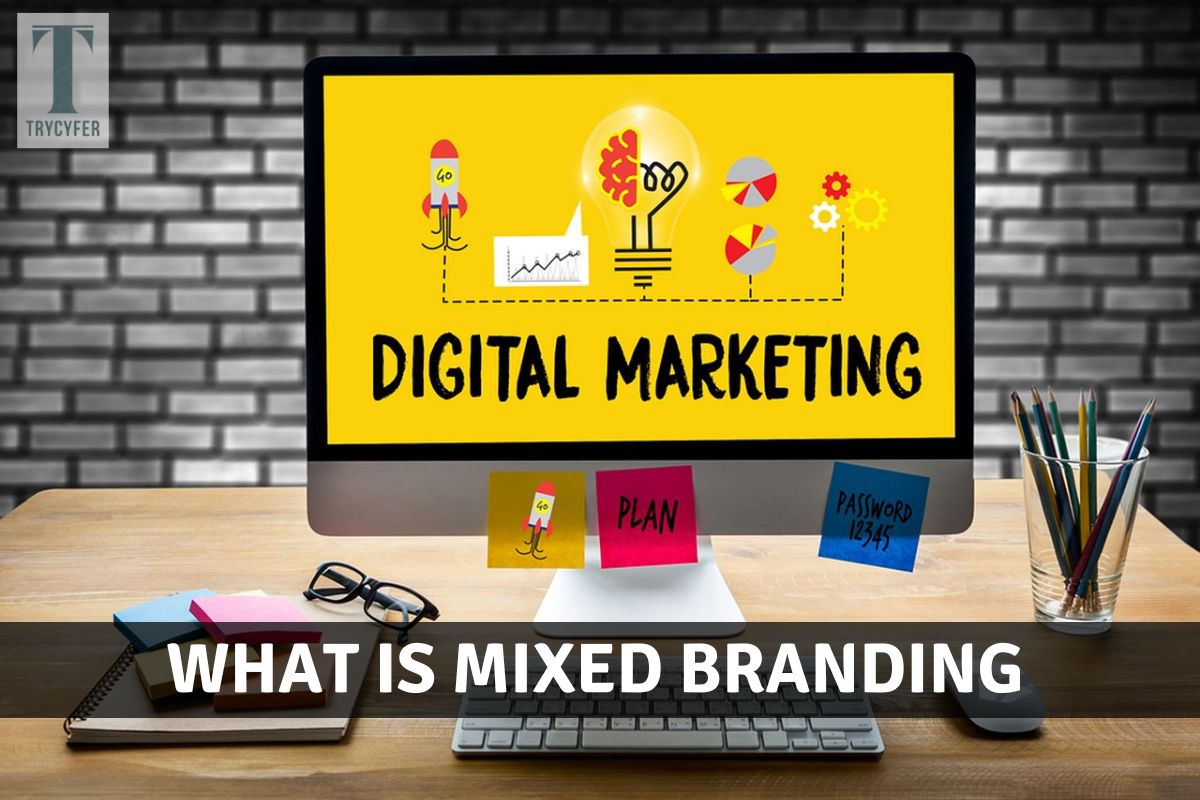What Is Mixed Branding

Mixed branding is the partnership of two or more organizations to advertise the same goods or services to different audiences. This effectively allows businesses to reach a larger audience, increasing their brand awareness and visibility. Mixed branding is effective because it integrates the beneficial aspects of various brands to improve the influence of both firms through a single marketing strategy.
Different Types
- Store Branding – Another way to approach mixed branding is to modify a company’s design and identity for a particular store. Organizations have developed connections with specific retailers to assist them in delivering their products to a larger group of customers. This can help in increasing your brand’s reach and sales.
- Co-Branding – Co-branding is one of the well-known types of mixed branding in today’s world. Many businesses utilize it to facilitate continued growth and brand exposure. Companies that sell similar items collaborate to enhance the visibility of their products or services through co-branding. Co-branding comes in various forms, including ingredient and composite.
- Private Label Branding – The private label approach of mixed branding occurs when manufacturers develop brands sold only to specified retail channels. Unlike white-label branding, private-label products do not have the same name and logo as the store offering the item. Instead, this object retains its distinct brand identification while only displaying in specified locations.
- Sub-Branding – Sub-branding is the process of developing a separate company name & identity under the existing brand. The sub-brand utilises the same services, products, and infrastructure as the parent brand. Organisations use sub-branding to appeal to a specific segment of their core demographic with specific products.
- Location Branding – Location branding is a type of mixed branding in which a brand’s image and identity are customized for various geographic locations. This is a relatively common norm, as distinct titles and brand identities may perform well in different cultures.
Advantages
Creating the appropriate brand or company image is challenging for any organisation. Even if you identify the ideal logo, name, & personality for your core demographic when you first start your firm, there needs to be assurance those assets will retain their attractiveness as your company grows. Mixed branding allows firms more flexibility in adapting the nature and look of their brand to different audiences and advertising strategies. Some of the benefits provided by mixed branding are as follows.
- Increased Reach
Organizations seeking to attract a new target demographic might use mixed branding initiatives to increase their chances of reaching the right individuals. Different mixed branding tactics enable businesses to engage with various market segments while safeguarding their intellectual assets.
-
Flexibility
A mixed branding strategy allows your company to diversify into multiple product and market segments without being constrained by its primary identity. You may reach out to new clients while reaping the advantages of operating a well-established company.
- Earning Potential
Most mixed branding strategies allow companies to generate extra revenue streams. Co-branding efforts, shop branding, and even private label branding, for instance, enable access to additional earnings for developing businesses. This may be a valuable technique to enhance brand awareness.
Disadvantages
The major difficulty with mixed branding for most businesses is that it can lead to significant confusion. When starting a business from scratch, one of the first lessons you learn is that consistency is frequently the key to success. Mixed branding might make it harder for customers to understand your company’s underlying values or weaken your brand image. While many businesses have had tremendous success with mixed branding, there are still some obstacles to overcome, such as:
- Dilution Of A Brand
Too many sub-brands or multiple variations of the same product might confuse your customers and make it difficult for them to engage with your business. Brand recall and awareness may suffer due to adopting distinct names and pictures in different regions.
- Expense
Creating numerous sub-brands and variants of brands for diverse neighbourhoods can be complex and expensive. Sometimes, you’ll need to design new names and logos and outline overall brand rules and strategies. This involves tremendous effort and focuses from a company, which is why so many smaller businesses do not adopt mixed branding.
- Confusion
As already mentioned, mixed branding can cause uncertainty and confusion. Customers may identify the Xbox brand alongside something other than the Microsoft brand, making it more difficult for Microsoft to grow. Similarly, a customer may believe Axe and Lynx are two distinct products when they are not.
- Reputation Of A Brand
In some circumstances, mixed branding can damage a company’s reputation. In a co-branding plan, for example, if the firm you’re partnered with is involved in a controversy, this will significantly influence your business. The same dilemma can occur with private-label products.











